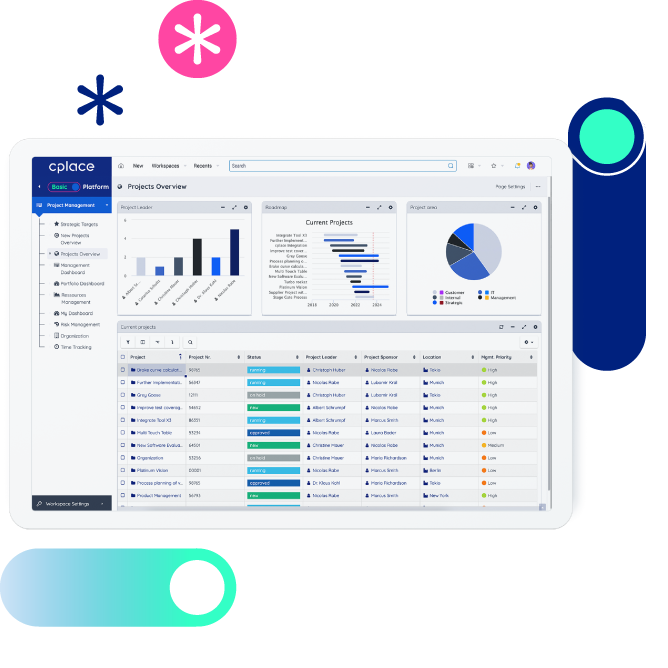LeSS

What Is LeSS?
What is the LeSS Framework?
LeSS stands for Large-Scale Scrum and is an agile framework designed to scale Scrum in large organizations. It was developed by Craig Larman and Bas Vodde. While fundamentally based on the core principles of Scrum, LeSS can be used by multiple teams collaborating on a single product. LeSS promotes collaboration and coordination among teams to enhance efficiency and flexibility in large organizations.
The framework aims to make the principles and ideals of Scrum as applicable as possible in the context of large enterprises. Specific rules and guidelines are established, and its lean structure is perceived as providing just the necessary elements.
A key feature of LeSS is the idea that “more Scrum” is often more effective than introducing additional processes or hierarchies. It encourages teams to focus on Scrum principles while breaking down organizational barriers for smooth communication and collaboration.
LeSS comes in two variants: Basic LeSS is designed for smaller to medium-sized enterprises with two to eight teams, while LeSS Huge is suitable for larger organizations with multiple product lines or extensive projects, catering to more than eight teams. Both variants emphasize simplicity, transparency, and the direct application of agile values.
What is the difference between LeSS and Scrum?
LeSS relies on Scrum as a foundation to facilitate its application in an extended context, scaling it beyond individual teams in larger organizations. It’s not a choice between LeSS or Scrum, as LeSS is seen as an extension of Scrum. Introducing LeSS always requires a foundation of Scrum. Therefore, it is advisable to first introduce Scrum in the organization or team and then transition to LeSS.
What is the difference between LeSS and the Scaled Agile Framework SAFe®?
LeSS is gaining popularity in organizations with large software development teams, alongside other agile frameworks like Scrum of Scrums or Scrum@Scale. One of the most popular agile frameworks is the Scaled Agile Framework SAFe. SAFe and LeSS share some similarities, such as starting with the scaling of a Scrum team and integrating principles like Lean Thinking, customer orientation, and continuous improvement.
SAFe is characterized by its structured and hierarchical organization, defining specific roles at various levels and potentially requiring extensive organizational adjustments. In contrast, Large-Scale Scrum emphasizes simplicity and self-organization, using minimal roles and relying on a natural structure, resulting in a lesser need for comprehensive organizational changes.
The choice of framework ultimately depends on organizational culture and specific requirements.
Related terms: Product Owner, Scrum, Scaling, Team
